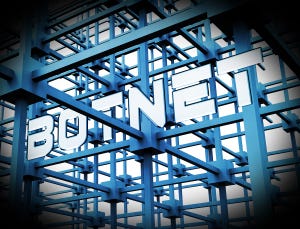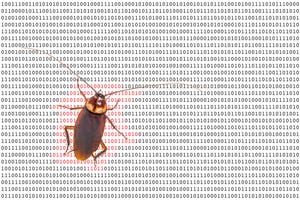Mideast & Africa News

Active Kubernetes RCE Attack Relies on Known OpenMetadata Vulns
Active Kubernetes RCE Attack Relies on Known OpenMetadata Vulns
Once attackers have control over a workload in the cluster, they can leverage access for lateral movement both inside the cluster and to external resources.
Latest Commentary
Independent Cybersecurity Consultant
Director, Executive & Board Cyber Services, Sygnia
Professor of the Graduate School, UC Berkeley School of Information
Managing Partner for Critical Infrastructure, Optiv
Deep Reading
See More Dark Reading ResearchQuantum computing on the level that poses a threat to current cybersecurity measures is still years off. Here's what enterprises can do now to avoid future disruptions.
Novacoast's Apex Program prepares individuals with visual impairments for cybersecurity careers.
Distributed denial-of-service attacks still plague the enterprise, but adding preventive measures can reduce their impact.
Cybersecurity Features In-Depth: On security strategy, latest trends, and people to know. Brought to you by Mandiant.
Security Technology: Featuring news, news analysis, and commentary on the latest technology trends.
Recent analysis shows that enterprises need to think about the impact on security budgets and resources as they adopt new AI-based applications.
Microsoft, Google, and Simbian each offers generative AI systems that allow security operations teams to use natural language to automate cybersecurity tasks.
Akamai joins a growing list of security vendors aiming to strengthen companies' DNS defenses.
A survey of cybercrime experts assessing the top cybercrime-producing nations results in some expected leaders — Russia, Ukraine, and China — but also some surprises.
Israel prepares for a response to Iran's April 14 drone and missile attack.
Cyberattacks tripled over the past year in Israel, making it the most targeted nation in 2023, as cyber operations become a standard part of military conflicts and global protests.
Breaking cybersecurity news, news analysis, commentary, and other content from around the world.
Partner Perspectives
More Partner PerspectivesPress Releases
See allBlack Hat USA - August 3-8 - Learn More
August 3, 2024Cybersecurity's Hottest New Technologies: What You Need To Know
March 21, 2024
Defending Against Today's Threat Landscape with MDR
April 18, 2024The fuel in the new AI race: Data
April 23, 2024Securing Code in the Age of AI
April 24, 2024Beyond Spam Filters and Firewalls: Preventing Business Email Compromises in the Modern Enterprise
April 30, 2024Key Findings from the State of AppSec Report 2024
May 7, 2024


































